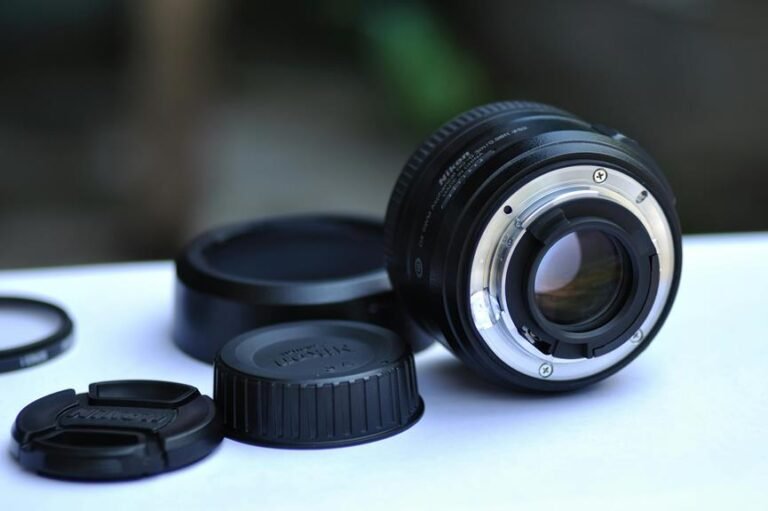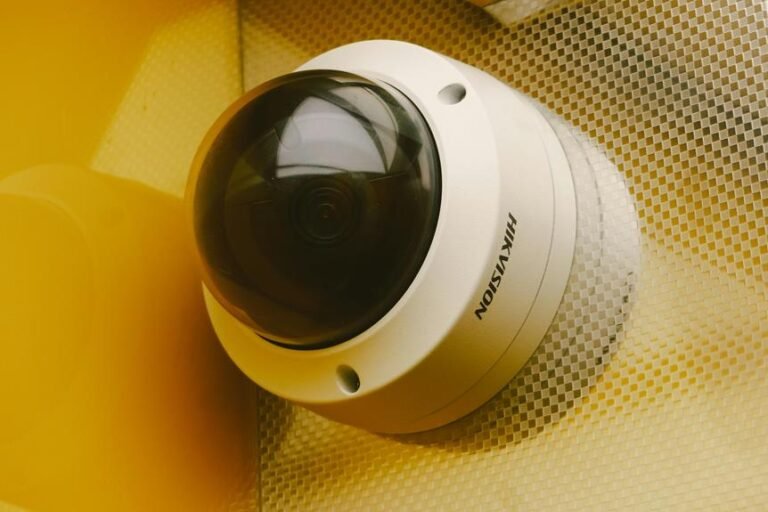How to Reset Reolink Camera: Reolink Camera Reset Procedure
To reset your Reolink camera effectively, locate the reset button on the device. Hold it for 5-10 seconds while the camera is powered on. Release the button when the LEDs flash, then allow the camera to restart. This hard reset should be used as a last resort. For a softer reset, access the camera settings and choose 'Factory Settings' to reset to default configuration. Confirm the action for a clean slate without losing data. If you want to reset using the Reolink app, open the app, locate your camera, access settings, and find the reset option. Enhance your camera's performance by following these steps.
A Quick Overview
- Soft reset retains camera data while hard reset restores default settings.
- Backup data, troubleshoot minor issues, and ensure power stability before resetting.
- Perform a hard reset by pressing the reset button for 5-10 seconds until LEDs flash.
- Only use factory reset as a last resort to resolve persistent technical issues.
- Reset through the Reolink app by accessing camera settings and following on-screen instructions.
Reasons for Resetting Reolink Camera
Resetting your Reolink camera is a helpful solution for addressing technical issues efficiently. By reverting the camera to its original factory settings, you can eliminate any software glitches or configuration errors that may be causing malfunctions.
This process is particularly beneficial for resolving connectivity issues, motion detection problems, or overall performance issues. Resetting your Reolink camera provides a clean slate and can optimize its functionality for better performance.
Preparation Before Resetting
Before initiating the reset process for your Reolink camera, it's essential to take necessary precautions to avoid any data loss. Here are some important steps to consider before resetting your camera:
- Back up data: Ensure that you have secured any important recordings or settings.
- Perform troubleshooting steps: Resolve any minor issues that may be affecting your camera's performance.
- Check power source: Verify that your camera has a stable power supply to avoid interruptions during the reset process.
- Review camera settings: Make a note of any custom configurations or settings that you may need to reconfigure after the reset.
- Update firmware: Ensure that your camera is running on the latest software version to optimize its performance and security features.
Soft Reset Procedure
When performing a soft reset on your Reolink camera, you can follow these steps.
Before resetting, consider troubleshooting tips to resolve any issues.
Begin by accessing the camera's settings menu and finding the 'Factory Settings' option.
Choose this option to reset the camera to its default configuration.
Confirm the action.
It's important to note that a soft reset will retain your camera's data, unlike a hard reset which erases all settings.
Hard Reset Steps
To perform a hard reset on your Reolink camera, follow these steps:
- Locate the reset button on the back or underside of the device.
- Hold down the reset button for 5-10 seconds.
- Ensure the camera is powered on before initiating the reset.
- Release the button when the camera's LEDs flash.
- Allow the camera to restart.
- Use the factory reset as a last resort after attempting troubleshooting steps.
Resetting Using Reolink App
To reset your Reolink camera using the Reolink App, follow these steps:
- Open the Reolink app on your mobile device.
- Locate your camera within the app.
- Access the camera settings by tapping on the camera icon.
- Look for the reset option within the settings menu.
- Follow the on-screen instructions to complete the reset process.
- If you encounter any issues, refer to troubleshooting tips provided by Reolink for assistance.
Post-Reset Recommendations
After resetting your Reolink camera, it's important to take steps to enhance its security. Here are some key measures you can implement:
- Change default passwords: It's crucial to set strong and unique passwords to prevent unauthorized access.
- Enable two-factor authentication: Adding an extra layer of security with two-factor authentication can greatly enhance the protection of your camera.
- Regularly update firmware: Make sure to keep your camera's firmware up to date to ensure it's equipped with the latest security patches.
- Backup footage: To prevent any data loss, regularly back up your camera recordings to a secure location.
- Monitor camera activity: Stay vigilant by reviewing camera logs for any suspicious activity that may indicate a security breach.
Frequently Asked Questions
Can a Reset Fix Blurry Images on My Reolink Camera?
To enhance image quality on your Reolink camera, troubleshoot blurry images by cleaning the lens. Regular maintenance guarantees clear visuals. Resetting the camera may also help address issues affecting image sharpness, offering a quick fix.
Will Resetting My Camera Delete All My Saved Footage?
Resetting your camera won't delete saved footage if you have a data backup. Cloud storage offers added security. Remember to take precautions before starting the reset process to guarantee you don't lose any important recordings.
How Often Should I Reset My Reolink Camera?
You should reset your Reolink camera only when troubleshooting persistent issues. Resetting to factory settings can help resolve software glitches. Regular maintenance and updates can often prevent the need for frequent resets, ensuring peak performance.
Can I Reset My Camera if I Forgot My Password?
If you forgot your password, you can reset your camera to factory default settings. This process erases all configurations, including the password. Press and hold the reset button for 5-10 seconds until the camera restarts.
Will a Reset Affect the Warranty of My Reolink Camera?
Resetting your Reolink camera to factory settings may not void the warranty coverage. However, it's advisable to check the manufacturer's guidelines. Always follow the reset process accurately to minimize any impact on the warranty.







